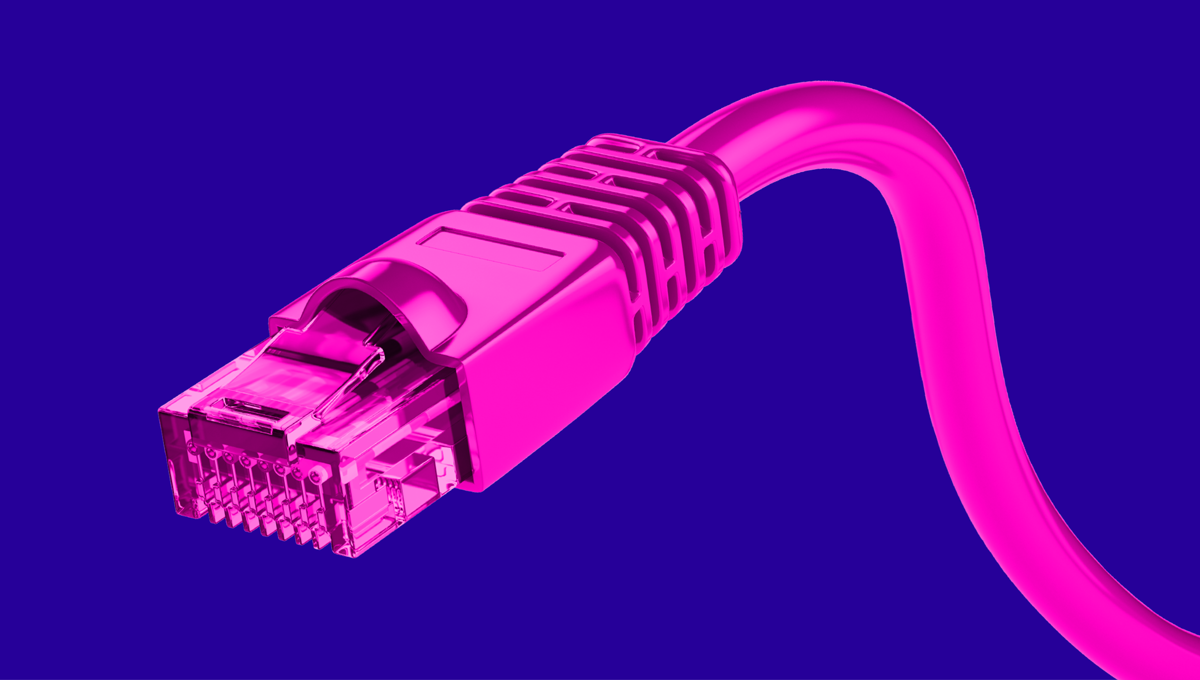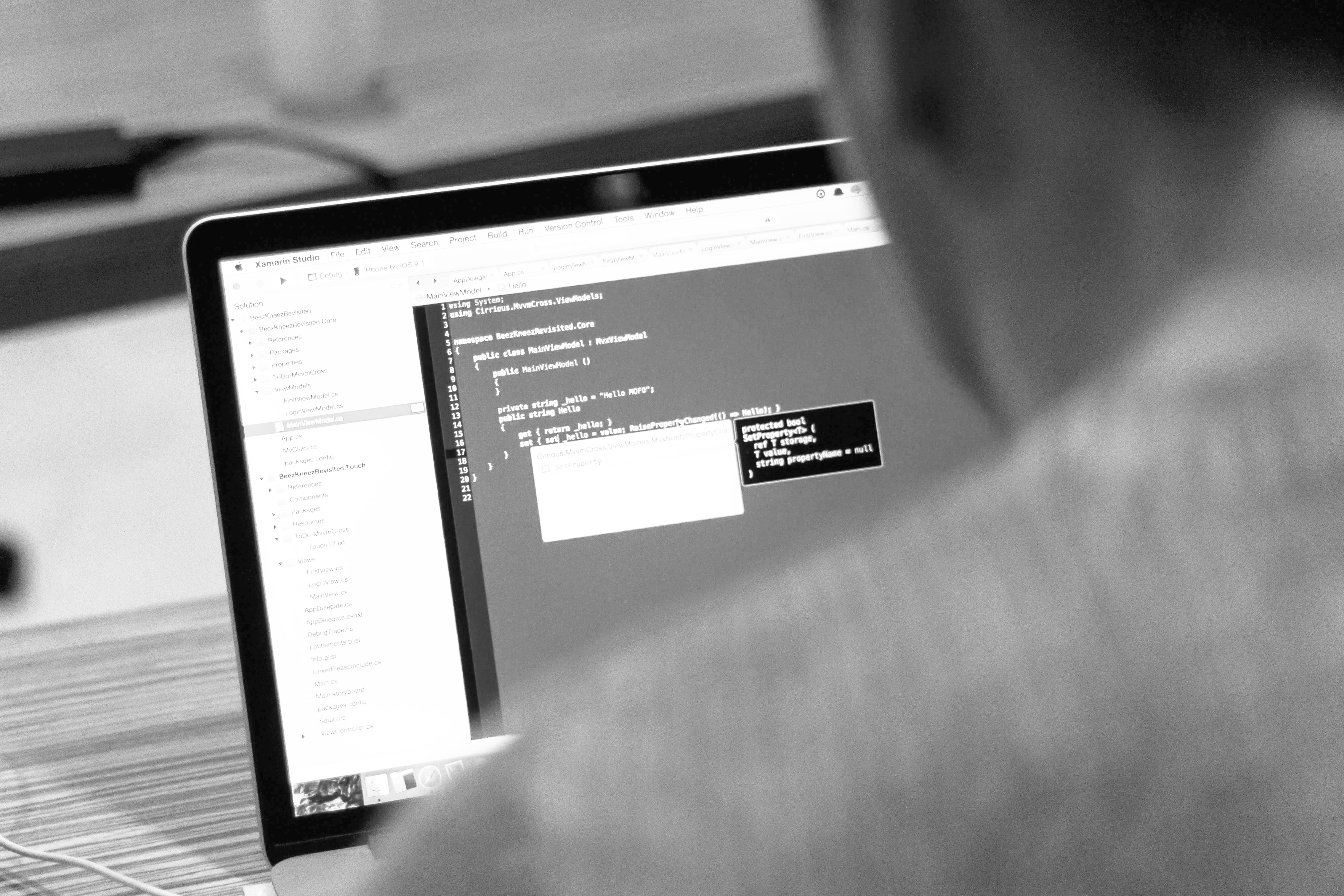blog
Performance Monitoring & Auditing PostgreSQL – Top Resources

This month we are spending some time talking about the importance of database monitoring and auditing of your database environments. Over the past year (and in some cases even longer!) we have posted many technical resources to help you monitor and audit your PostgreSQL setups and we wanted to consolidate them into one blog for you to bookmark.
And make sure to join us on August 21st for our free webinar “An Introduction to Performance Monitoring for PostgreSQL” to learn how to operate PostgreSQL efficiently and running at optimal levels.
Most Popular PostgreSQL Monitoring Resources
A Performance Cheat Sheet for PostgreSQL
Performance tuning is not trivial, but you can go a long way with a few basic guidelines. In this blog, we will discuss how you analyze the workload of the database, and then review a list of important configuration parameters to improve the performance of PostgreSQL.
Key Things to Monitor in PostgreSQL – Analyzing Your Workload
This blog provides an overview of key things you should know when monitoring your PostgreSQL database and its workload.
PostgreSQL Audit Logging Best Practices
This blog provides an introduction to audit logging, why you should do it, and specific tips for doing it on your PostgreSQL database environment.
How to Decode the PostgreSQL Error Logs
This blog provides the basic information you need to know to understand the PostgreSQL error logs and what to do when you find errors.
The Best Alert and Notification Tools for PostgreSQL
This blog highlights the top alert and notification systems available for PostgreSQL database deployments.
Monitoring your Databases with ClusterControl
Observability is critical piece of the operations puzzle – you have to be able to tell the state of your systems based on trending data presented in the form of graphs and alerts. Ideally, this data will be available from one single location. This blog explains how ClusterControl can work as a monitoring hub for all your database systems.
ChatOps – Managing MySQL, MongoDB & PostgreSQL from Slack
CCBot helps you monitor and manage your database Infrastructure from Slack. ChatOps is about bringing your DevOps work to your chats and conversations within a team, e.g. Slack. You can deploy database clusters, get status information, trigger backups, add nodes to your cluster or replication setup by talking to a chatbot, which understands ClusterControl commands.
PostgreSQL Log Analysis with pgBadger
pgBadger is a PostgreSQL log analyzer, it takes the log output from a running PostgreSQL instance and processes it into an HTML file. The report it generates can help shed light on errors happening in the system, checkpoint behavior, vacuum behavior, trends, and other basic, but crucial information for a PostgreSQL system. This blog provides an overview of pgBadger, as well as how to get the most out of it.
Why is PostgreSQL Running Slow? Tips & Tricks to Get to the Source
This blog provides tips and tricks for identifying issues in your PostgreSQL setup and how to tune it to drive performance.
Become a ClusterControl DBA: Performance Monitoring and Health
In the previous two blog posts we covered both deploying the four types of clustering/replication (MySQL / Galera, MySQL Replication, MongoDB & PostgreSQL) and managing/monitoring your existing databases and clusters. So, after reading these two first blog posts you were able to add your 20 existing replication setups to ClusterControl, expand them and additionally deployed two new Galera clusters while doing a ton of other things. Or maybe you deployed MongoDB and/or PostgreSQL systems.
How to Manage and Monitor Your Existing Postgres Servers
We are excited to announce support for PostgreSQL, probably the world’s most advanced open source RDBMS. ClusterControl can now be used to monitor database metrics, queries and schedule backups. With this new addition, ClusterControl now supports MySQL with its main variations MariaDB, Percona XtraDB (single or clustered), MongoDB and PostgreSQL. Companies can manage all these databases through one unified interface.
ClusterControl for PostgreSQL
PostgreSQL is considered by many to be the world’s most advanced relational database system and ClusterControl supports its deployment, management, monitoring and scaling. Each deployed PostgreSQL instance is automatically configured using our easy to use point-and-click interface. You can manage backups, run queries, and perform advanced monitoring of all the master and slaves; all with automated failover if something goes wrong.
The automation tools inside ClusterControl let you easily setup a PostgreSQL replication environment, where you can add new replication slaves from scratch or use ones that are already configured. It also allows you to promote masters and rebuild slaves.
ClusterControl provides the following features to drive automation and performance…
- Deployment – Deploy the latests PostgreSQL versions using proven methodologies you can count on to work
- Management – Automated failover & recovery, Backup, Restore and Verification, Advanced security, Topology management, and a Developer Studio for advanced orchestration
- Monitoring – Unified view across data centers with ability to drill down into individual nodes, Full stack monitoring, from load balancers to database instances down to underlying hosts, Query Monitoring, and Database Advisors
- Scaling – Streaming Replication architectures and the ability to easily add and configure the most popular load balancing technologies.
To learn more about ClusterControl click here.




